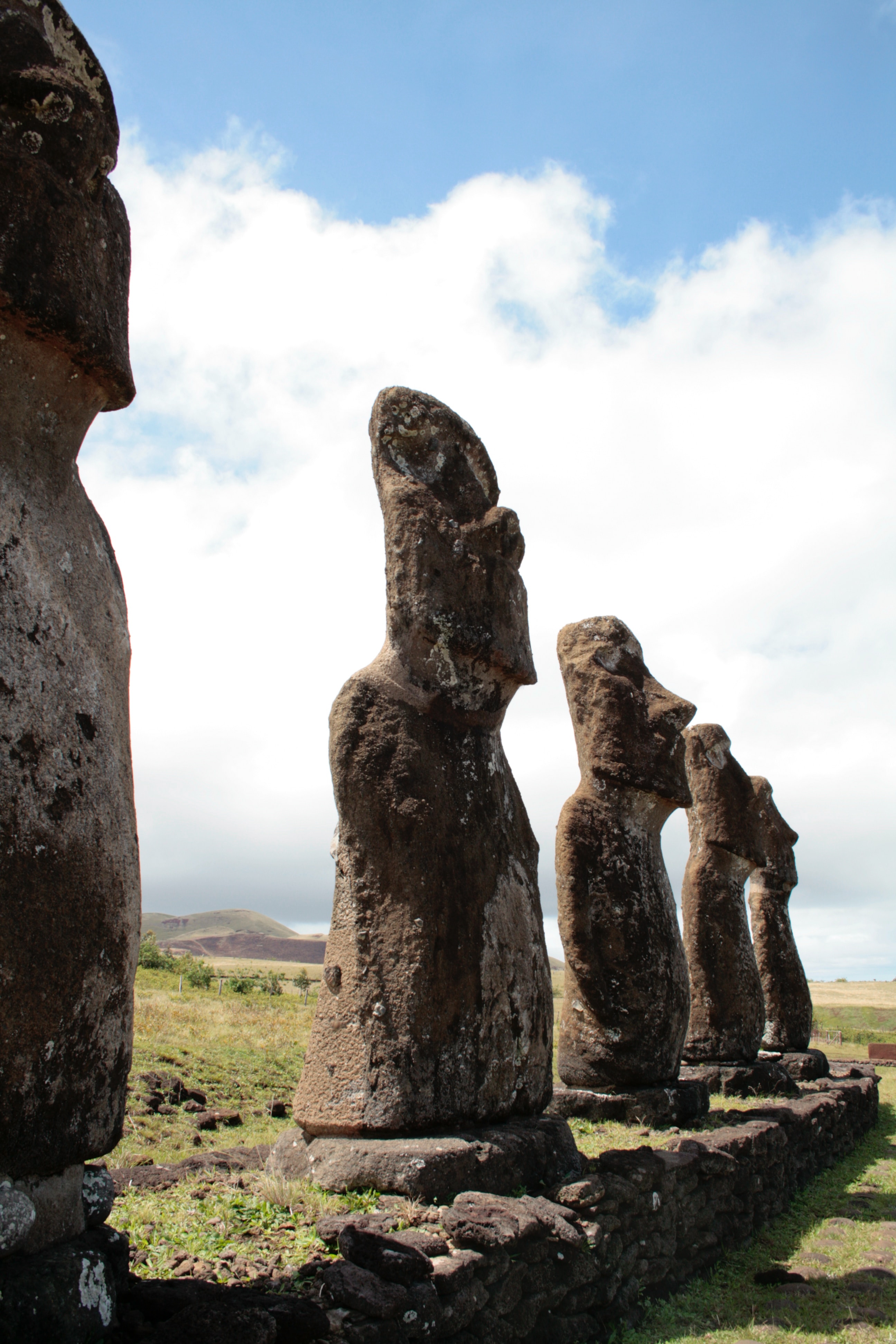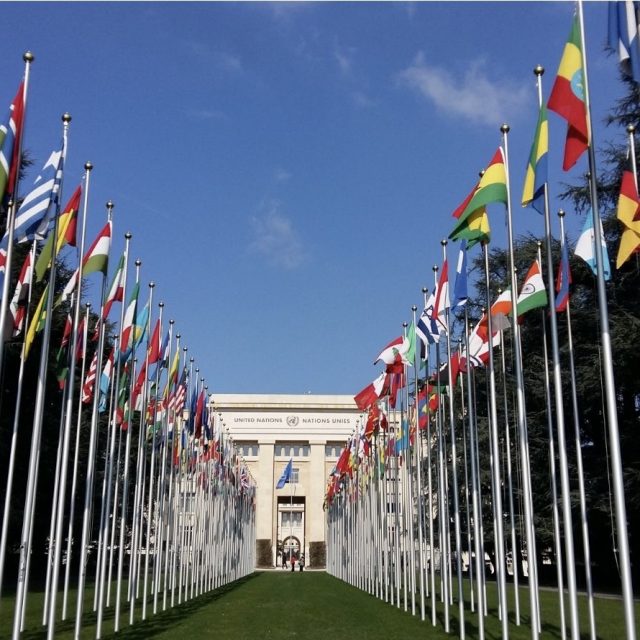Photo by Sophie Laurent on Unsplash
Around 35 years ago Melina Mercouri, then Greek Culture Minister, launched a campaign to return various marble pieces wrenched from the 2,500-year-old Parthenon frieze in the Acropolis. Pope Francis has just returned three fragments which had been in the papal museums since the nineteenth century: the British Museum, holder of the largest collection of Parthenon marbles, remained unmoved.
Around 200 years ago Lord Elgin shipped back some 86 cases of sculptures from the temple of Athena, including an 80-metre section of frieze. Eager to avoid paying customs duty on reaching England, they were logged as ‘trifling antiques and marbles’ and no tax was paid. The British Museum insists that they were legally acquired, as they were allegedly removed with the agreement of the Ottoman Turk authorities who ruled Greece at the time. Presumably on the same basis artworks recently taken from Kherson in Ukraine by the Russian occupiers were also legally acquired as they had formally annexed Kherson at the time….?
However, its main argument is a wider cultural one: its website proudly proclaims that “the British Museum is unique in bringing together under one roof the cultures of the world, spanning continents and oceans.” That is certainly true, but the question surely remains as to whether that entitles it to claim ownership in perpetuity of items forcibly taken from other countries with their own special cultural heritage. Currently the museum holds some 8 million items, or which only 1% are ever on display; the Government describes them all as “our assets”.
The “Elgin marbles” are not the only items which fit into this category. Following the British looting of Benin in 1897 over 5,000 bronzes were taken, with some pieces reappearing in collections in North America and Europe. In 2021 France returned 26 items at the direct instruction of President Macron, recognising his country’s need to improve its image in Africa. Recently Germany has returned some 500 bronzes from Berlin museums: other major museums including the Smithsonian Institution in Washington, the Pitt Rivers museum in Oxford and Horniman museum in London have followed suit, so it can be done.
With nearly a thousand of the choicest items from Benin, the British Museum still remains silent and does nothing. The UK Government, which could break the impasse if it chose, also does nothing. It hides behind the British Museum Act of 1963, passed many decades after the removal of the bronzes and the marbles, which conveniently and retrospectively forbids the museum by law from parting with any of “its” treasures. But this law could and should be repealed.
The museum also trumpets another argument: if some items were returned to their countries of origin, why not others? The Government describes this as a “slippery slope”. Where would you stop? Good question, but that should not mean it is never right to start.
Aiko Obobaifo, a noted historian of Benin culture, observed that “the artefacts represented our life, culture and religion – and they were yanked off our memory.” His remarks echo those of Melina Mercouri when she said: “we are not asking for the return of a painting or a statue: we are asking for the return of a portion of a unique monument, the privileged symbol of a whole culture.” These are special arguments for special items.
There is another land with an equally powerful case, though hitting fewer headlines. In 1868 a British survey party removed two Moai statues from the island of Rapa Nui, which we know as Easter Island. When visiting the island I learnt personally how one of them, Hoa Hakananai’a, was particularly precious as the guardian of the birdman cult whose spirit or “mana” must be recovered to restore welfare to the whole island. Later presented to Queen Victoria, who in turn gave it to the British Museum, it remains proudly – and shamelessly – on public display.
Do not all these particular communities have a compelling case for restitution? Should not the UK take decisions for sensible and honourable reasons, rather than choosing to be bogged down by self-invented legal arguments or potential precedent-setting? Given that modern technology can produce identical copies of contested items, could not the copies be displayed in the British Museum while the originals are returned to their ancestral homes?
Forget perceived complications: the issue is very simple. Where the soul of a country is incomplete without its unique heritage, both should be united as one.
A President and a Pope have shown it is easy to return specific artefacts to their historic homelands: surely a Prime Minister could do likewise? The UK might even win a few much-needed friends abroad. It would be good politics – as well as feel right.
Easter represents renewal, so now would be the perfect time.




